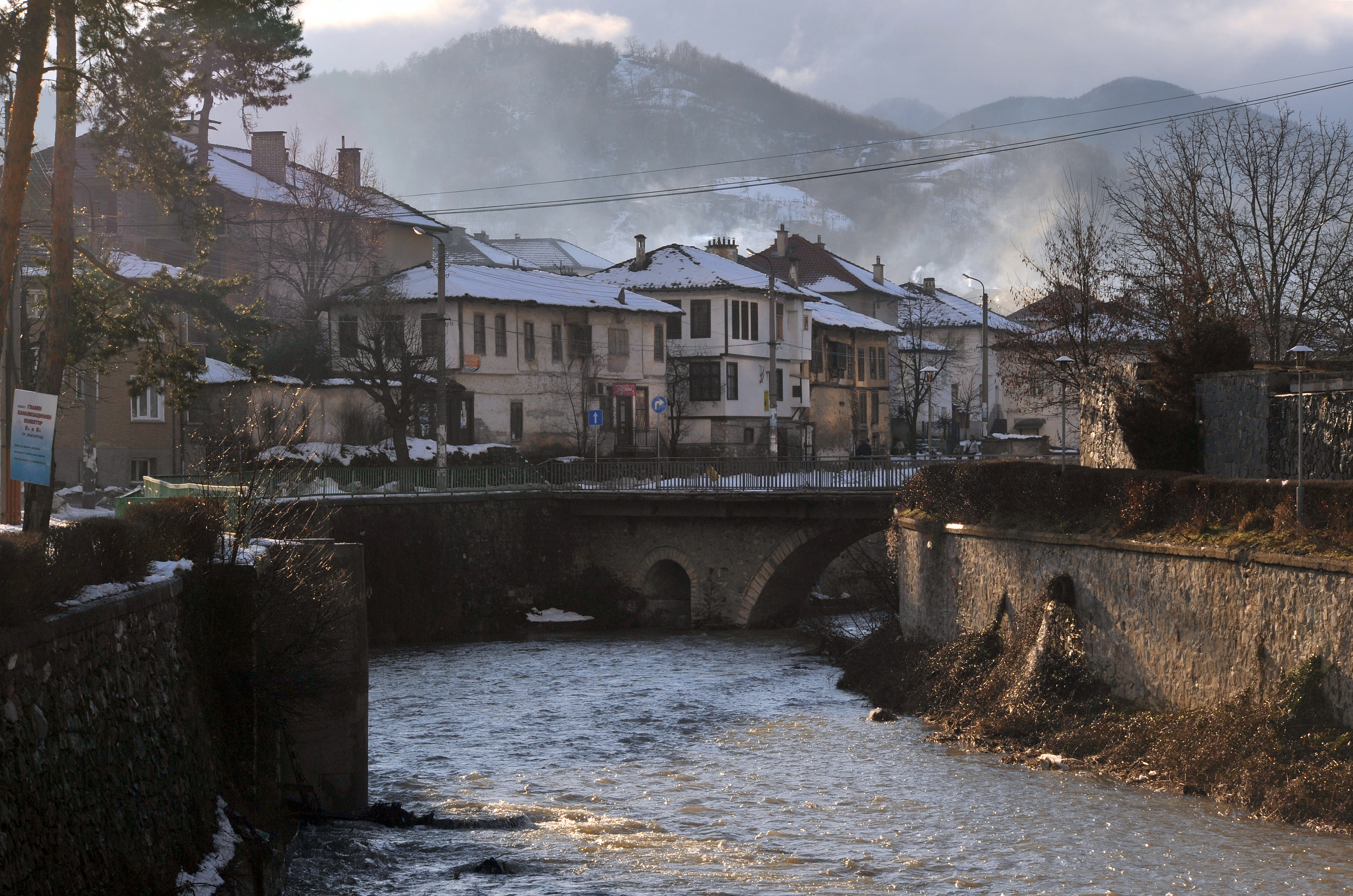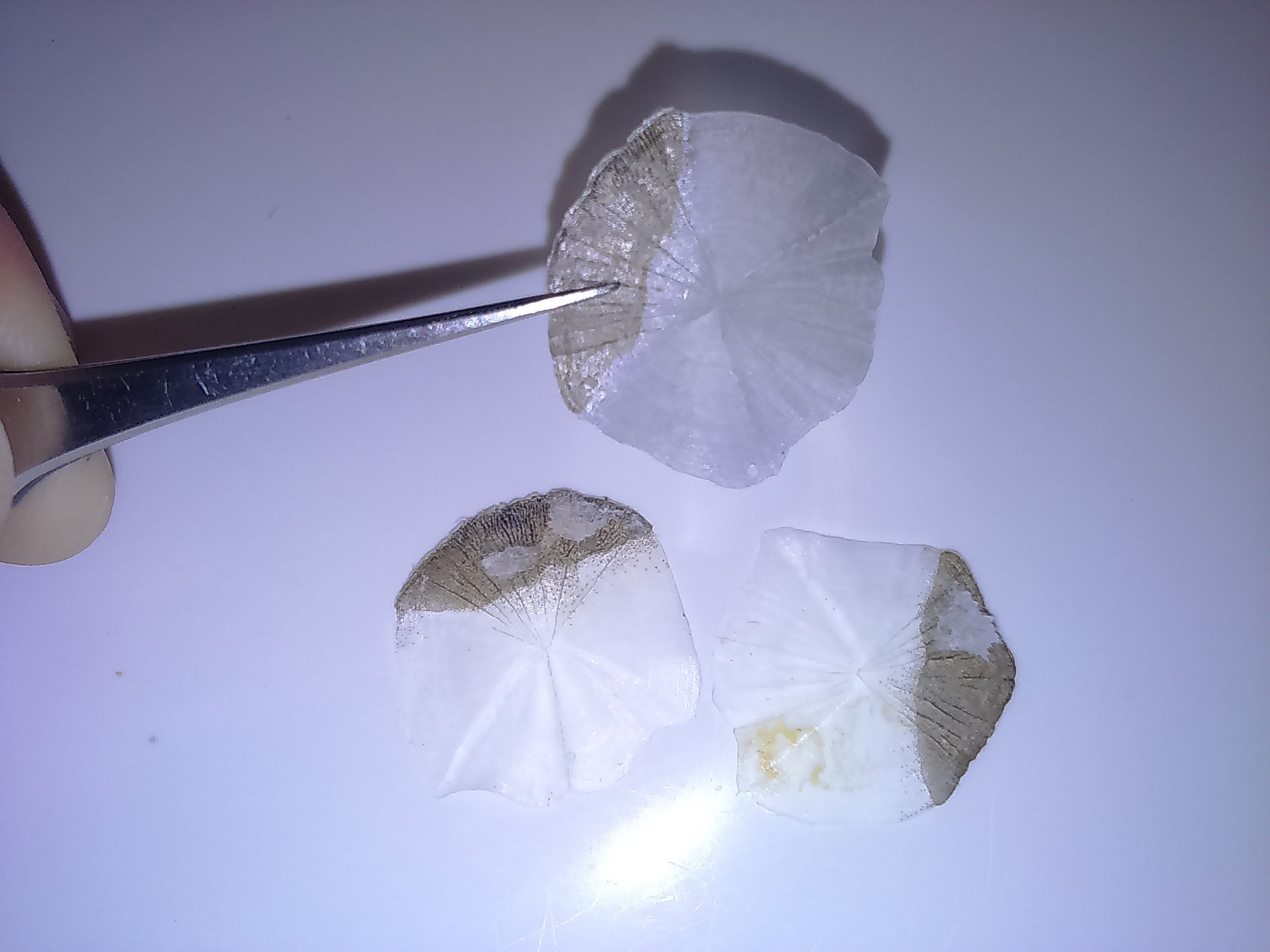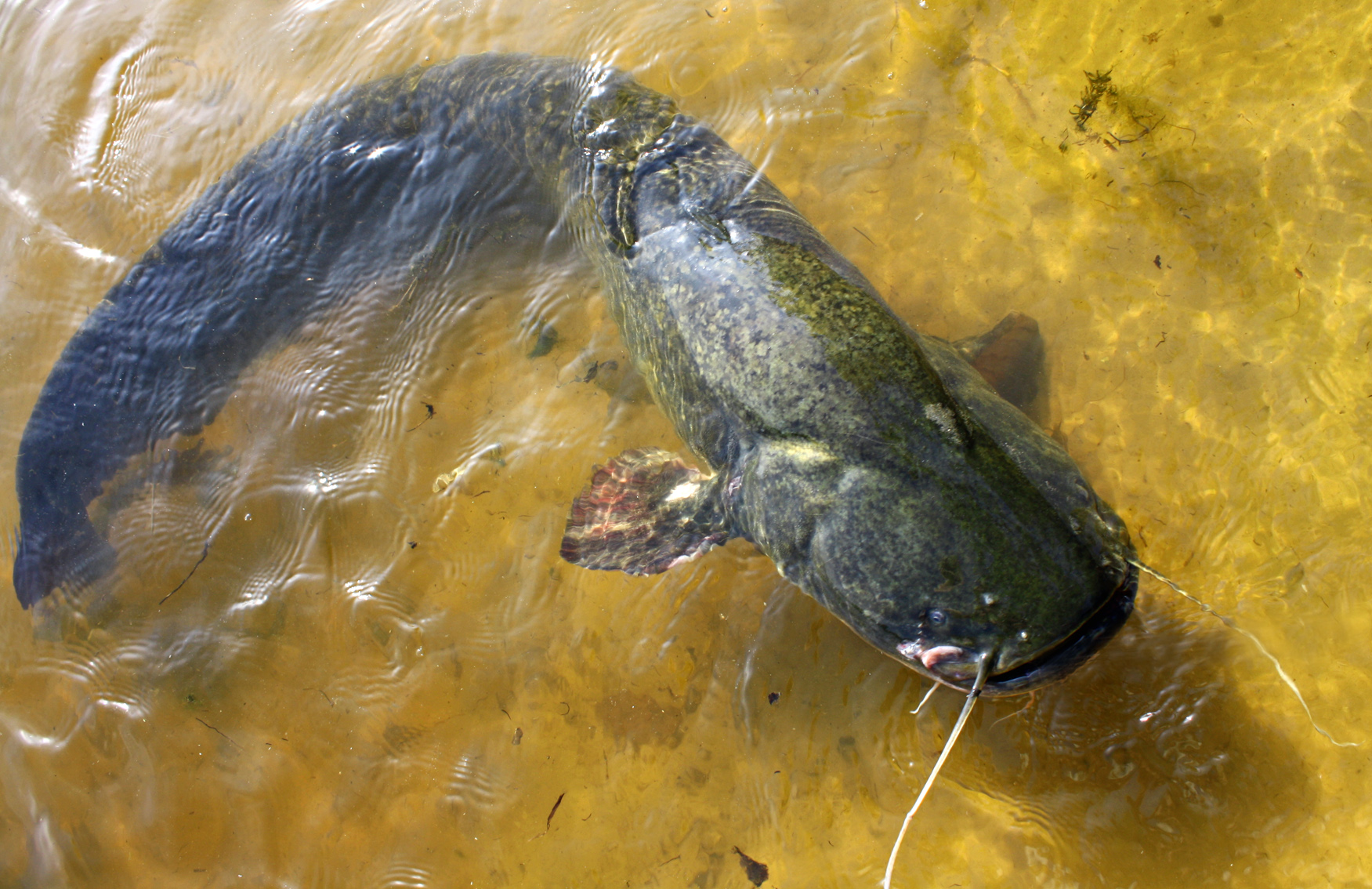|
Varbitsa (river)
The Varbitsa ( ) is a 98 km long river in the eastern Rhodope Mountains in southern Bulgaria. It is the longest and the largest tributary of the Arda (Maritsa tributary), Arda, the main river of mountain range, itself a tributary of the Maritsa. The Varbitsa is Bulgaria's most temperamental river, with up to 5,000 times difference in water volume between spring highs and autumn lows, with frequent massive flooding and erosion as a result. Its middle and lower valley is considered the boundary between the western and the eastern Rhodopes. Geography The main stem of the Varbitsa is the river Erma reka, which takes its source in the western Rhodope Mountains at an altitude of 1,284 m on northern foothills of the summit of Margazyan (1,346 m) on the Bulgaria–Greece border, some 2 km southwest of the village of Marzyan. It initially flows eastwards until the road Madan, Smolyan Province, Madan–Zlatograd, when it turns southeast and runs through a narrow deep va ... [...More Info...] [...Related Items...] OR: [Wikipedia] [Google] [Baidu] |
Zlatograd
Zlatograd (, , ) List of cities and towns in Bulgaria, is a town in Smolyan Province, southern-central Bulgaria. It is the administrative centre of the homonymous Zlatograd Municipality. In December 2009, the town had a population of 7,110.Bulgarian National Statistical Institute - towns in 2009 It is located 60 kilometre, km from the province centre of Smolyan. The Greece, Greek border is 5 km from the town. The cross-border Zlatograd - Thermes (Greece) road was inaugurated on 15 January 2010. History During the rule of the Ottoman Empire, the area was a township of the Ottoman Sanjak of Gümülcine in Adrianople Vilayet between 1867 and 1912 known as Darıdere. The town still retains its characteristic Ottoman-era architecture, with numer ...[...More Info...] [...Related Items...] OR: [Wikipedia] [Google] [Baidu] |
Squalius Cephalus
''Squalius cephalus'', the common chub, European chub or simply chub, is a species of freshwater ray-finned fish belonging to the family Leuciscidae, the daces, Eurasian minnows and related fishes. This species is found in Europe where it frequents both slow and moderate rivers, as well as canals, lakes and still waterbodies of various kinds. Description It is a stocky fish with a large rounded head. Its body is long and cylindrical in shape and is covered in large greenish-brown scales which are edged with narrow bands of black across the back, paling to golden on the flanks and even paler on the belly. The tail is dark brown or black, the dorsal fin is a greyish-green in colour and all the other fins are orange-red. The dorsal fin has 3 spines and 7–9 soft rays while the anal fin has 3 spines and 7–10 rays. The vertebrae count is 42–48. It can grow to 60 cm standard length but most fish are around 30 cm. Distribution The chub is distributed throughout most of ... [...More Info...] [...Related Items...] OR: [Wikipedia] [Google] [Baidu] |
Wels Catfish
The wels catfish ( or ; ''Silurus glanis''), also called sheatfish or just wels, is a large species of catfish native to wide areas of central, southern, and eastern Europe, in the basins of the Baltic, Black and Caspian Seas. It has been introduced to Western Europe as a prized sport fish and is now found from the United Kingdom east to Kazakhstan and China and south to Greece and Turkey. Etymology The English common name comes from Wels, the common name of the species in German language. ''Wels'' is a variation of Old High German ''wal'', from Proto-Germanic ''*hwalaz'' – the same source as for ''whale'' – from Proto-Indo-European ''*(s)kʷálos'' ('sheatfish'). Evolution The earliest known fossil remains of the wels catfish are from the late Miocene (about 5.3 million years ago) of Ukraine. Potentially slightly older but less well-preserved remains from 6-7 million years ago are also known from the same region. During this time period, the dominant catfish in eastern ... [...More Info...] [...Related Items...] OR: [Wikipedia] [Google] [Baidu] |
Cobitis Strumicae
''Cobitis strumicae'' is a species of ray-finned fish in the family Cobitidae. It is found in Bulgaria and Greece Greece, officially the Hellenic Republic, is a country in Southeast Europe. Located on the southern tip of the Balkan peninsula, it shares land borders with Albania to the northwest, North Macedonia and Bulgaria to the north, and Turkey to th .... Sources Cobitis Freshwater fish of Europe Fish described in 1955 Taxa named by Stanko Karaman Taxonomy articles created by Polbot {{Cobitidae-stub ... [...More Info...] [...Related Items...] OR: [Wikipedia] [Google] [Baidu] |
Eurasian Carp
The common carp (''Cyprinus carpio''), also known as European carp, Eurasian carp, or simply carp, is a widespread freshwater fish of eutrophic waters in lakes and large rivers in Europe and Asia.Fishbase''Cyprinus carpio'' Linnaeus, 1758/ref>Arkive The native wild populations are considered Vulnerable species, vulnerable to extinction by the International Union for Conservation of Nature (IUCN), but the species has also been Domestication, domesticated and Introduced species, introduced (see aquaculture) into environments worldwide, and is often considered a destructive invasive species, being included in the list of the world's 100 worst invasive species. It gives its name to the carp family, Cyprinidae. Taxonomy The type subspecies is ''Cyprinus carpio carpio'', native to much of Europe (notably the Danube and Volga Rivers).Jian Feng Zhou, Qing Jiang Wu, Yu Zhen Ye & Jin Gou Tong (2003). Genetic divergence between ''Cyprinus carpio carpio'' and ''Cyprinus carpio haematopterus' ... [...More Info...] [...Related Items...] OR: [Wikipedia] [Google] [Baidu] |
Macedonian Vimba
The Macedonian vimba (''Vimba melanops'') or malamída, is a species of freshwater ray-finned fish belonging to the family Leuciscidae, which includes the daces, Eurasian minnows and related species. This fish is endemic to the southern Balkans. Taxonomy The Macedonina vimba was first formally described as ''Abramis melanops'' in 1837 by the Austrian ichthyologist Johann Jakob Heckel with its type locality given as the Maritza River in eastern Rumelia, in modern Bulgaria. This species is now classified in the genus ''Vimba'' which was proposed as a genus by the Austrian zoologist Leopold Fitzinger in 1873 and is classified within the subfamily Leuciscinae in the Family Leuciscidae. Etymology The Macedonian vimba belongs to the genus ''Vimba'', a name which Fitzinger used tautonymously for '' Cyprinus vimba'' which is thought to be derived from the Swedish vernacular name ''vimma'' for ''Vimba vimba''. The specific name, ''melanops'', mean "black face" or "black look", which ... [...More Info...] [...Related Items...] OR: [Wikipedia] [Google] [Baidu] |
Barbus Cyclolepis
''Barbus cyclolepis'', the round-scaled barbel, is a freshwater fish species in the family Cyprinidae. It is found in Bulgaria, Greece, and Turkey. Its natural habitats are rivers and intermittent rivers. It is not considered a threatened species by the IUCN. A broader concept of ''Barbus cyclolepis'' would include in the same species several other barbel taxa that others consider distinct species, i.e. ''Barbus sperchiensis ''Barbus sperchiensis'' is a disputed species of cyprinid fish in the genus ''Barbus ''Barbus'' is a genus of ray-finned fish in the family Cyprinidae. The type species of ''Barbus'' is the common barbel, first described as ''Cyprinus barbus' ...'' (Sprechios barbel), '' Barbus strumicae'' (Strumica barbel) and '' Barbus waleckii'' (Vistula barbel). ''B. waleckii'' has however also been suggested to be a hybridogenic species, perhaps derived from common barbel ''B. barbus'' and '' B. carpathicus''. References * C Freshwater fish of Europe Fis ... [...More Info...] [...Related Items...] OR: [Wikipedia] [Google] [Baidu] |
Gobio Gobio
''Gobio gobio'', or the gudgeon or common gudgeon, is a species of fish in the family Gobionidae. This small fish is widely distributed in fresh-water streams and lakes across central and temperate Eurasia. The gudgeon inhabits various fresh-water habitats with sandy bottoms. It is a gregarious species, and feeds on benthic invertebrates. Its life span is up to five years. Gudgeons are usually smaller than 12 cm, rarely over 15 cm long. The common name gudgeon may also refer to other species of fish. Description The gudgeon has a long, slender, rounded body and is typically long, but can reach up to . It has short dorsal and anal fins that do not have serrated rays. There is a labial barbel at each corner of its mouth. It has two rows of pharyngeal teeth, conical, and slightly curved at the tip. Its head is wide and flattened, with a rather obtuse snout, the lower jaw being shorter than the upper one. It has relatively large scales and there are 40 to 45 of these alon ... [...More Info...] [...Related Items...] OR: [Wikipedia] [Google] [Baidu] |
European Bitterling
The European bitterling (''Rhodeus amarus'') is a temperate freshwater ray-finned fish belonging to the family Acheilognathidae, the bitterlings. It originates in Europe, ranging from the Rhone River basin in France to the Neva River in Russia. It was originally described as ''Cyprinus amarus'' by Marcus Elieser Bloch in 1782, and has been referred to in scientific literature as ''Rhodeus sericeus amarus''. It is known simply as "the bitterling" in its native range, where it is the only species of its genus '' Rhodeus'', and sometimes in the scientific literature, also, but this is technically wrong, being a leftover from the times when the European bitterling was united with its Siberian relative, the Amur bitterling, in ''R. sericeus''. Properly, "bitterling" can refer to any species of ''Acheilognathus'' or ''Rhodeus''. The fish reaches a size of up to . It is found among plants over sandy and muddy bottoms in shallow waters. It feeds mainly on plants, and to a lesser extent ... [...More Info...] [...Related Items...] OR: [Wikipedia] [Google] [Baidu] |
Chondrostoma Vardarense
''Chondrostoma vardarense'' is a species of ray-finned fish in the family Leuciscidae. It is found in Bulgaria, Greece, North Macedonia, and Turkey. Its natural habitat is rivers. It is threatened by habitat loss Habitat destruction (also termed habitat loss or habitat reduction) occurs when a natural habitat is no longer able to support its native species. The organisms once living there have either moved elsewhere, or are dead, leading to a decrease .... References * External links * vardarense Fish described in 1928 Taxa named by Stanko Karaman Taxonomy articles created by Polbot {{Leuciscinae-stub ... [...More Info...] [...Related Items...] OR: [Wikipedia] [Google] [Baidu] |
Asp (fish)
The asp (''Leuciscus aspius'') is a species of freshwater ray-finned fish belonging to the family Leuciscidae, which includes the daces, minnows and related fishes. This species is found in continental Europe and western Asia. Taxonomy The asp was first formally described as ''Cyprinus aspius'' by Carl Linnaeus in the 10th edition of ''Systema Naturae'' published in 1758, the type locality being given as the lakes of Sweden. It is now classified in the genus ''Leuciscus'' within the subfamily Leuciscinae of the family Leuciscidae. Etymology The asp is a member of the genus ''Leuciscus'', a name derived tautonymously from the type species' name, '' Cyprinus leuciscus''. ''Leuciscus'' is from the Greek ''leukískos'', a “white mullet” which is a diminutive of ''leukós'', meaning "white", an allusion to the silvery sides of the common dace. The specific name, ''aspius'' , is a latinisation of asp, a name derived from ''esping'' or ''esp'', which are Swedish common name ... [...More Info...] [...Related Items...] OR: [Wikipedia] [Google] [Baidu] |





